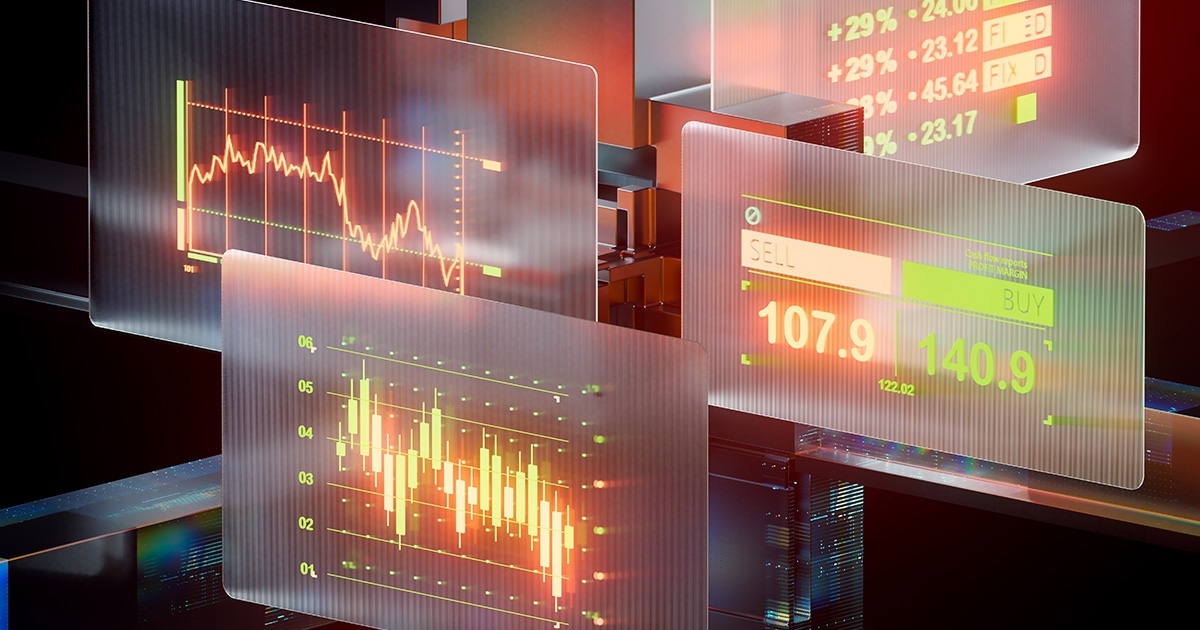 A British team at the University of Essex recently announced the launch of a free, open source app called BioAid to explore the project of turning the iPhone into a hearing aid.
A British team at the University of Essex recently announced the launch of a free, open source app called BioAid to explore the project of turning the iPhone into a hearing aid.
The core concept is very simple, and has, in fact, been thought of and implemented by various companies at least since 2009: Smartphones have built in microphones and they can play audio through headphones. By creating an app that simply takes the audio feed from the microphone, amplifies it, and plays it in the headphones, you can create a rudimentary hearing aid.
From there you can add additional features that bring the app closer to what a real hearing aid does -- algorithms that filter out certain noises or selectively amplify certain frequencies, for instance, or recording features that let you play back something you might have missed. Of course, how well a hearing aid app works depends not just on the app itself, but also on hardware: When the New York Times wrote about apps as a hearing aid substitute last May , they profiled a man who used a $5 iPhone app -- but with a $100 external microphone and a $150 pair of headphones.
BioAid is novel in that its developers are offering it for free in order to solicit feedback from users to continue to develop the algorithm that mimics the normal noise filtering of the human brain. Also, the app both amplifies quiet sounds and de-amplifies loud ones. The team hopes to change the way hearing care is delivered. The app also allows the user to save different amplification profiles, something other apps on the market don't offer -- for instance, one for watching television at home and another for meeting friends at a crowded bar.
"The mobile phone is a great platform for rapidly transferring hearing aid technology from the laboratory to the hands of the public," Nick Clark, one of the UK-based developers, said in a statement. "Standard hearing aids, which can cost thousands of pounds, are only dispensed by a professional after a hearing test. BioAid offers a simple alternative accessible to anyone with an iPhone or iPod. The hearing test is replaced by an exploratory process, allowing users to find which setting works best for them. In the short term, people unsure about visiting a hearing care professional might be swayed to do so by BioAid, which can only be a good thing."
Here's a list of iPhone apps available through the US app store that use the built-in microphone and headphone jack to help people with hearing loss. Some are regularly updated, others appear to be "zombie apps." Some are free, while others cost up to $35. Some claim to be hearing aids, others shun that label. At least one is made by a hearing aid company.
soundAMP from Ginger Labs

Although hearing aid apps seem to be an open field, a few apps look like they've made their mark. Ginger Labs, whose soundAMP app got a nod in the New York Times article mentioned above, also claims to be the hearing aid app that Apple includes on demo products in its Apple Stores. The $5 app has a complex mixing control, recording capability, with a bookmarking feature, and multitasking. On the other hand, the app hasn't been updated since 2010, so it's unclear whether it works on the iPhone 5.
Hearing Aid from TiAu Engineering UG

This iPhone and iPad app, from a German company, has noise canceling capabilities and a basic "low-medium-high" frequency sound equalizer. It can work with both plugged in headphones or Bluetooth devices. The company offers a free version and a $1.99 version, but it's unclear what the difference is between the two.
HearYouNow from ExSilent

ExSilent, a Dutch hearing aid manufacturer, developed this free app that lets you adjust for frequency and distance of sound, and lets you adjust your two ears separately, and instantly replay the last 20 seconds. Maybe it's because the company sells actual hearing aids, but ExSilent stresses that the app is for people who have trouble hearing in specific situations. If you're using it all the time, they write, you should probably see a doctor.
Hear from Loyalty Works, Inc.

This free hearing aid app is so basic, it's offered in the Entertainment category, with numerous disclaimers, including a warning that it "may damage hearing permanently." It doesn't appear to have any adjustment controls to speak of. (The banner in this screenshot, from the AppStore,
Snoop-Kitty from Sierra Software

Snoop-Kitty has only a gain adjustment, but it does add a cool factor, incorporating an oscilloscope for viewing waveforms as it takes in sounds and rebroadcasts them through the headphones. It goes for $1. The name suggests a secondary use case many of these apps flirt with in their descriptions: eavesdropping.
i-Hear

Another basic offering, for $1, i-Hear has gain and volume adjustments, and an on-or-off noise filter. Once again, the developer offers a free app as well with no clear difference in functionality between the two.
EasyHearingAid from Link Advance&Innovation

EasyHearingAid is steeply priced at $14, although it does give the user a lot of control over the sound, with individual sliders for 13 different frequency ranges. Despite its name, the app claims not to be a hearing aid, perplexingly, and its description says it's intended for people just beginning to lose their hearing.
Kikitori from Grace Co. Ltd.

Definitely the high end of the market price-wise, it's hard to imagine any number of features justifying Kikitori's $35 price tag. The app (Kikitori means "good hearing" in Japanese) has a lot of sound adjustment controls and a noise filter.
hearing help

This $5 app appears to deliver a lot of features, including an audiogram, a dynamic compressor, and a noise filter. Though what the German-developed app gains in functionality, it may lose in user-friendliness: What does the average person do with a dynamic compressor?
EARs from Ear Machine

The main selling point for EARs, a $4 app, seems to be it's intuitive interface, which allows users to adjust the sound by moving a marker around a 2-axis graph that goes from bright to dark and warm to tinny. It also allows users to adjust their two ears separately.
And many more...
MobiHealthNews found at least 8 other similar apps that either haven't been updated since 2010 or earlier, or have actually been removed from the AppStore. In addition, there are apps that do the same thing, but for a different use case: If you plug a speaker instead of headphones into one of these apps, you can turn your iPod into a PA or microphone, for instance. Finally, there are actual hardware hearing aids with control apps, allowing users to adjust the sound with their iPhones. Apple itself might be getting into the game in the near future: the company has applied for a number of hearing aid-related patents. Of course, Apple rarely executes on the inventions in its patent portfolio.
One question none of these companies seem to be asking is what degree of regulation these apps should be subjected to -- how much risk they present to the patient. Hearing aids are subject to FDA clearance. Is there a danger of harming one's hearing with these apps, or of getting hurt thinking one's hearing is better than it really is?
"FDA regulates hearing aids, which are intended to compensate for hearing loss," the FDA states on their website. "On the other hand, FDA does not consider sound amplifiers to be medical devices when labeled for recreational or other use by individuals with normal hearing. However, certain safety regulations related to sound output levels still apply to these products."
It will be interesting to see whether the agency's final guidance clarifies or re-evaluates this stance.


